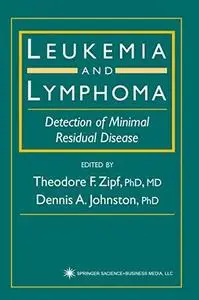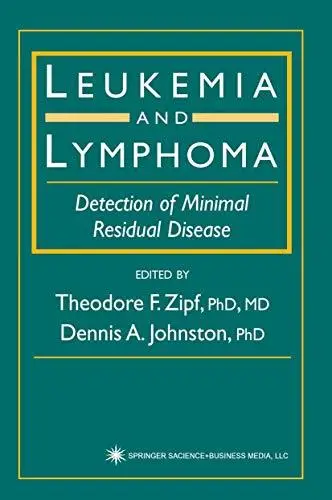Leukemia and Lymphoma: Detection of Minimal Residual Disease By Richard Ratei, Wolf-Dieter Ludwig (auth.), Theodore F. Zipf PhD, MD, Dennis A. Johnston PhD (eds.)
2003 | 257 Pages | ISBN: 161737279X | PDF | 4 MB
2003 | 257 Pages | ISBN: 161737279X | PDF | 4 MB
With the detection of the leukemias and lymphomas at levels almost four orders of magnitude below that obtainable by light microcopy, the groundwork has been laid for the development of reliable clinical tools and a redefinition of remission and relapse. In Leukemia and Lymphoma: Detection of Minimal Residual Disease, hands-on experts describe and discuss the minimal residual disease (MRD) methods they have successfully pioneered for these hematological cancers. The techniques range from the use of patient-specific immunophenotypes to identify residual leukemia in patients who are in remission, to a variety of PCR techniques for detecting residual disease and measuring its level. Reverse transcription PCR (RT-PCR) is applied to acute myeloid leukemia (AML), chronic myelogenous leukemia (CML), and acute promyelocytic leukemia (APL). Other PCR methods are used for non-Hodgkin's lymphoma and for the monitoring of follicular lymphoma. Additional chapters address the use of real-time quantitative PCR (RQ-PCR), the emergent method of choice, in patients with acute lymphoblastic leukemia (ALL), the evaluation of MRD techniques in clinical trials, and the application of flow cytometry techniques. Comprehensive and innovative, Leukemia and Lymphoma: Detection of Minimal Residual Disease sets the stage for implementing the new standard detection and quantitation techniques as reliable tools for clinical decision-making, as well as for improved predictions and treatment outcomes.



